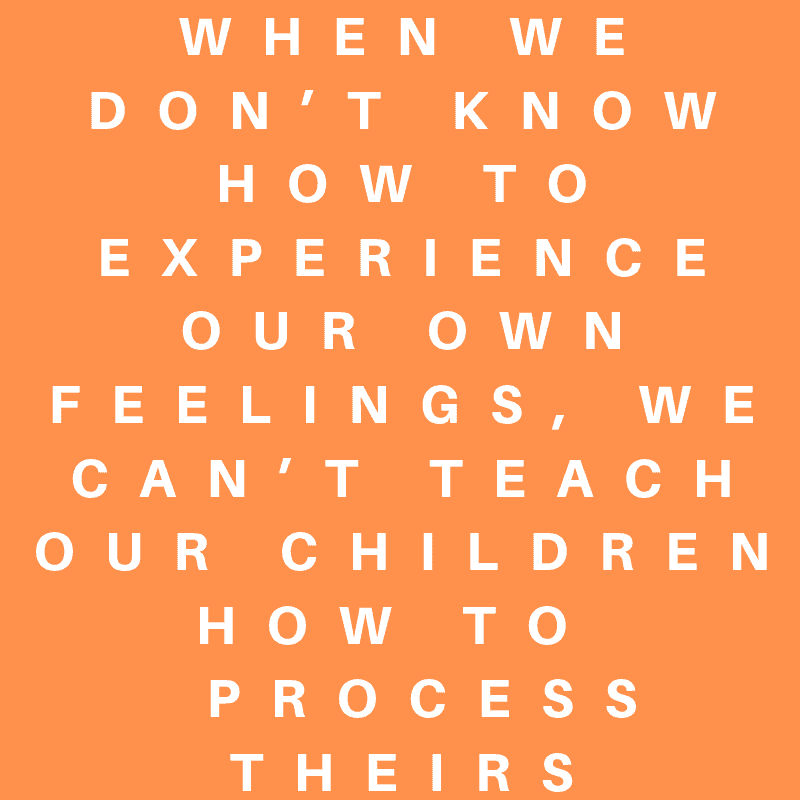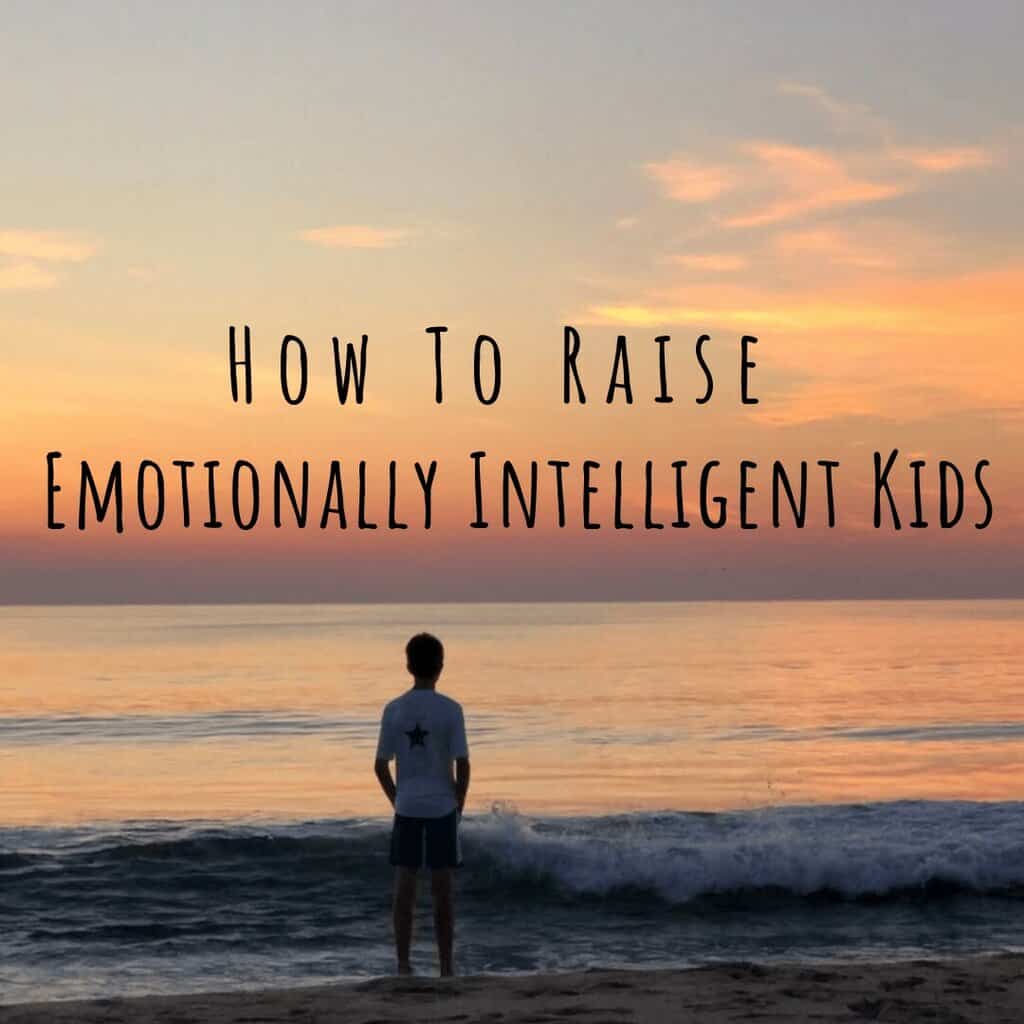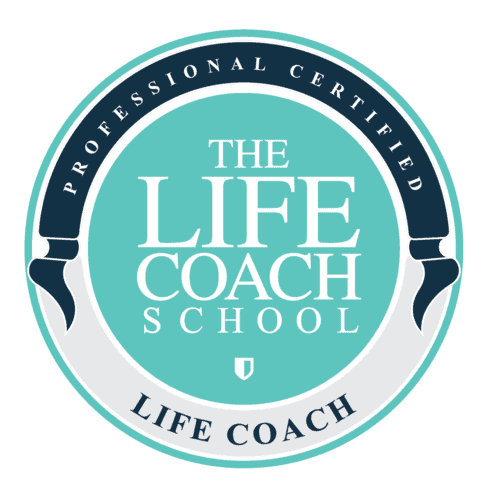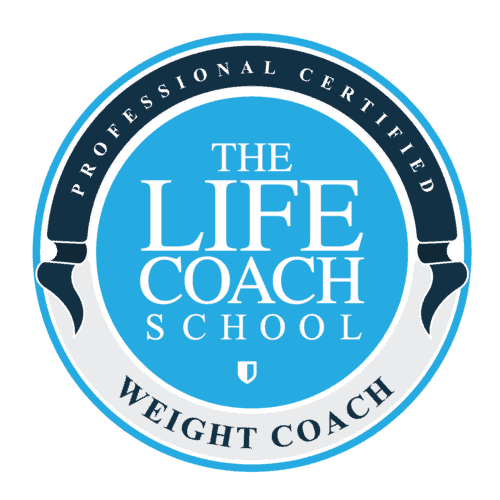Podcast: Play in new window | Download
Subscribe: Apple Podcasts | Spotify | Amazon Music | RSS | More
Emotionally Intelligent Kids
How to raise emotionally intelligent kids? Great news: it starts with you!
You have a lot more control than you think. The first step is to ponder: What kind of child do you want to raise? And then to consider, How are you living that life as an adult right now?
We can not give to our kids what we don’t have. I can not expect my kids to have control of their phone usage if I don’t have control of my phone usage. I can’t expect my kids to try new things if I don’t try new things. I can’t expect my kids to choose foods that are helpful for their bodies if I don’t choose foods that are helpful for my body. When I look in the mirror, am I the adult I’m trying to raise my child to be? I often ask myself: what do I want for my kids in 1 year? 5 years? 10 years? How am I modeling that as a parent or adult in this world?
I can not teach my kids how to regulate their emotions if I don’t know how to regulate mine. The better I care for myself and my mental, emotional, and physical health, the better my kids will be able to care for theirs.
Look in the Mirror
In order for our kids to be able to process their emotions from a strong, empowered place, we parents have to know how to do that. Gulp. If you’re anything like me, I did not know how to manage my own emotions in effective, healthy ways. I certainly knew how to manage my emotions in ineffective, unhealthy ways: over eating, drinking, blaming others, procrastinating, etc. 
I also tried to manage my emotions by trying to control what happened ahead of time so I wouldn’t feel difficult emotions. (Spoiler Alert: This isn’t possible) I approached parenting from a place of control, thinking I could somehow control their experiences so they’d never feel difficult emotions (and thus, neither would I). I tried to control my kids experiences (helicopter mama-extraordinaire) while also trying to control how everyone felt in the process. At some point, I realized that not only was it impossible to control others, it made me one anxious, overstrung mom.
There were Two Truths I was Overlooking:
- I can not control other people’s thoughts. I could not make my kids think certain things so that they would feel certain ways. Even if I cleared their paths so their lives were pretty drama free, they still could choose thoughts that would cause them to feel difficult emotions. Remember, the Thought Model, it’s their thoughts that create their feelings, not the things that happen in their lives.
- Thriving, confident young adults do not emerge from childhoods of having everything handed to them on silver platters and with no adversity. Look around at the people you admire. They’ve had challenging experiences that they’ve moved through and learned from. Thriving confident adults develop from having difficult experiences in supportive homes where they learn from them.
So How Do We Do This?
Good news is, once you learn how to process your emotions, you can teach your kids how to process theirs. The steps are the same, regardless of age. If you need a quick review of how our brain works and where emotions come from, listen in to any of my podcasts on emotional intelligence (linked here) or re-read my description of the thought model.
Otherwise, if you’ve been listening for a while, you know that the thoughts we focus on, create the feelings we feel. What’s happening is the thoughts we focus on release a chemical in our brain that creates the energy of the emotion in our body. You’ve heard me say before, emotions are energy in motion. Emotions are actually an energy in your body. They can not be wished away. Once the energy is in your body, it needs to be processed.
What that means is if your child is upset, it does not help to say: “You shouldn’t be upset about that” or, if they say they’re scared, it does not help to say: “That silly thing? You shouldn’t be scared”. The energy from the emotion is already in their body and needs to be released.
How many times have you done this to yourself as an adult? Told yourself you “shouldn’t” be upset disappointed, or nervous even though you were? News flash: it doesn’t work on us and it doesn’t work on them. Once you’ve focused in on the thought that releases the energy of the emotion, the emotion must be processed. So, the million dollar question is: How do we process our emotions?
Three Steps to Process an Emotion
1) Name it. Feelings are one word. Say what you feel. Here’s a list to get started. Hang it on the fridge.
2) Describe it. Emotions are energy in your body. Where do you feel the feeling? What does sadness feel like? What does loneliness feel like? I encourage my kids to explain the physical feeling of the emotion in detail as if they were explaining it to an alien who had never felt that emotion before. Where exactly do they feel it in their body? Is it hot? Cold? Tight? The more descriptive the better.
3) Sit with it. Allow yourself to feel the emotion. The physical sensation of the feeling is not acutely painful. You are capable of feeling it though we are accustomed to resisting this step. Sit and allow the energy to move through you. Emotions come in waves -they come and they go. Instead of explaining why you’re feeling what you’re feeling, judging it, or resisting it, sit with it. Experience it. I like to put my hand on my heart when I’m feeling a more difficult emotion. I like to lift my hands to the sky when I’m feeling a joyous experience. This is the beauty of being human. We are here to feel our emotions. Feel your life. Live your experience.
Practice, Practice, Practice
Practice the above 3 steps consciously as many times as you can during your day with both big and small emotions. How do you feel when waiting in line at the grocery store? Name it. Describe it. Sit with it. How do you feel when you see your husband after a day of work? Name it. Describe where you feel it in your body. Sit with it. We get good at what we practice. Let’s practice emotional intelligence. Why?
The better you get, the more capable you get at modeling it for your kids. Begin bringing emotions into your household. Begin sharing your emotions with your family. An example of this is saying: “I feel nervous because I haven’t prepared for my big talk next week. My chest feels tight and hot.” You can also verbally explain and model how nothing has gone wrong. It’s normal to feel nervous when we haven’t prepared for something big. We’re not going to fall to the ground or blow up. We can feel the feeling without pouring a glass of wine or complaining about the event organizer. We can model ourselves moving through the 3 steps. We name it, describe it, allow it. We get to process the emotion and then decide what to do from a non-reactive place.
This is where we can see the difference between feeling our emotions and reacting to our emotions. Think of the last time you felt anxious. What did you do? Sit with your hand on your heart and tell yourself it was okay? Chuckle. I’ll bet you did something more along the lines of getting on your phone to “check something”, putting food in your mouth, pouring a glass of wine, etc… Feeling our emotions without reacting to them may seem terrifying but it gets easier with practice.
The ability to process our emotions without reacting to them takes daily practice and is something I expect to be working on for the rest of my life. The more I involve my kids in my safe emotional management, the more they develop their own emotional intelligence. When my kids accept difficult emotions as a natural and inevitable part of life, they don’t fear it as much. They acknowledge their feelings and have the confidence to process them. They learn they can handle whatever emotion comes their way.
Same with us. This week let’s look for ways to practice the 3-steps of emotional processing. Dig into feeling all of what this magnificent life has to offer. Know I am here to help on your journey. Not all days are easy but all days are opportunities.
Next Steps: Did you like this post?
BEST NEXT STEP: Take here “How To Raise Good Humans” class. It gives you the basics on how to raise our kids in a way that builds their confidence and decreases their (and your!) anxiety
-> Sign up for Susie’s Weekly WELLNESS Newsletter. She’s a Certified Life and Wellness Coach with over 20 years experience helping women live lives they love.
-> See if the Love Your Life School is open for enrollment
WATCH HERE:







Trackbacks/Pingbacks